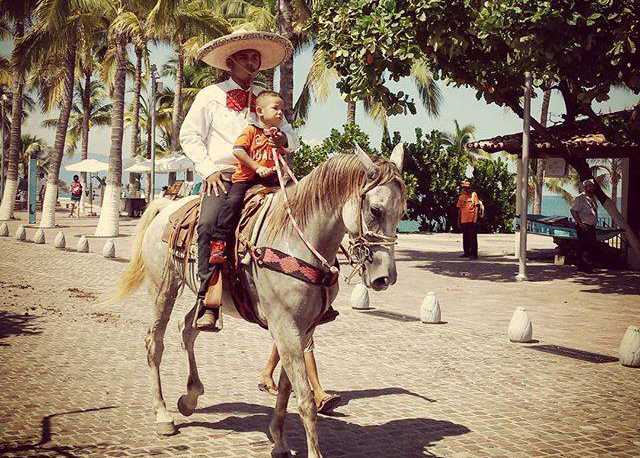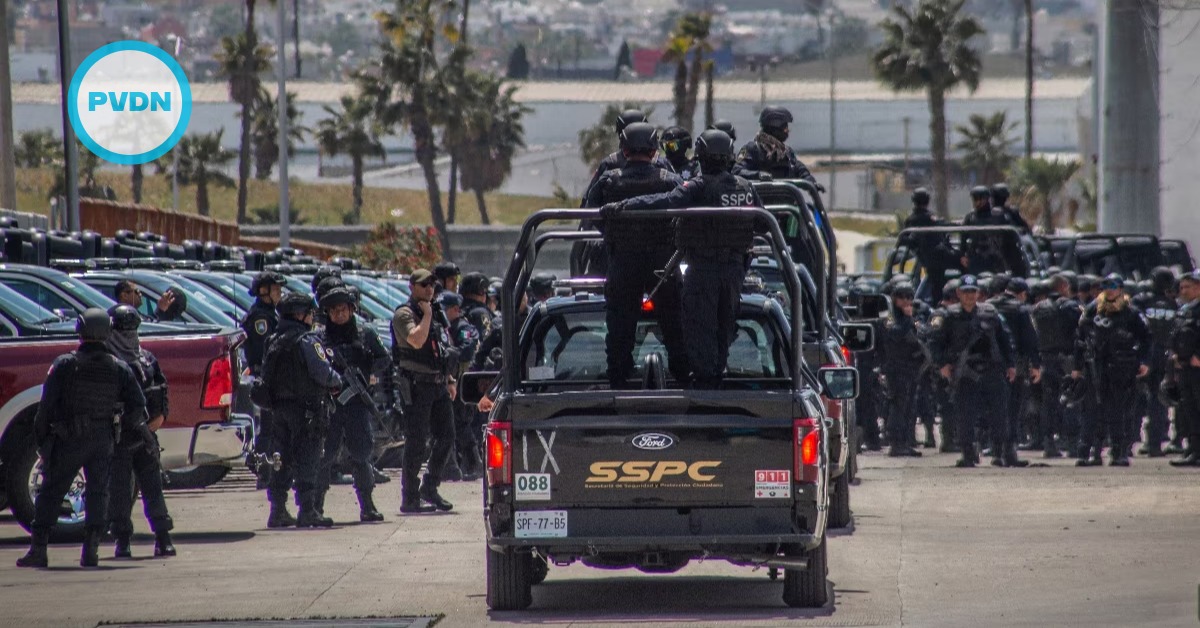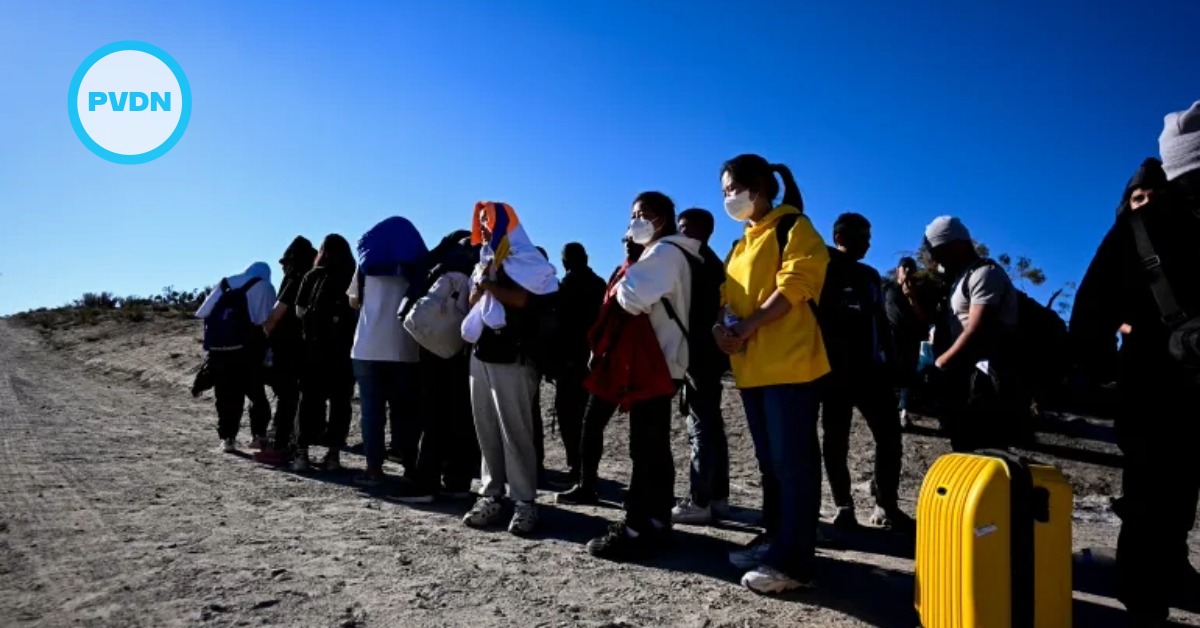In 1934, then President of the Republic, General Abelardo L. Rodríguez., instituted the National Charro Day in Mexico, to recognize by decree those who participate in the art of charrería.
The chosen day for the celebration was September 14, so that the charros had their celebration before the Independence Day celebrations.
As a fact, it is worth knowing that there are currently 1,500 charro associations in Mexico and in US states such as Texas, New Mexico, Arizona, Colorado and Illinois, which continue to preserve the art of charrería.
In Mexico, there is perhaps no better representative . . .







